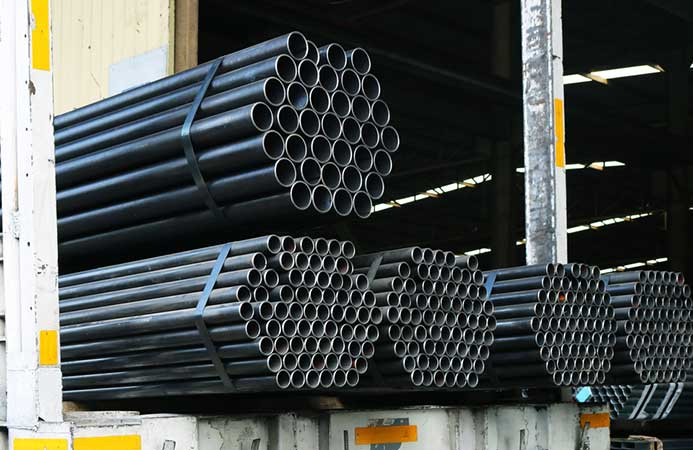How To Ensure The Right Fit With Your Flanges
Flanges play a important role in the integrity and functionality of piping systems, serving as connection points for various components. Ensuring the right fit with your flanges is vital for preventing leaks, maintaining pressure, and ensuring the overall efficiency of the system. If you are a customer or flanges supplier in Dubai, here are some key considerations to help you achieve the perfect flange fit.
Understand flange types and standards:
Flanges come in various types, including weld neck, slip-on, blind, and threaded each serving specific purposes and applications. Familiarizing yourself with the different types and their respective standards (such as ANSI, ASME, or DIN) is important for selecting the appropriate flange for your project. Each flange type has its own dimensional specifications and intended use, so understanding these characteristics will help you make informed decisions.
Measure accurately:
Accurate measurements are essential for ensuring a proper flange fit. Start by measuring the diameter of the pipe where the flange will be attached. Use a caliper or a tape measure for precise measurements, considering both the outer diameter (OD) and the inner diameter (ID) if necessary. Additionally, measure the thickness of the pipe to determine the correct flange thickness. Pay attention to the bolt hole spacing and the number of bolt holes required, as these specifications will vary depending on the flange type and size.
Material compatibility:
Flanges are made from various materials, including carbon steel, stainless steel, and plastic. Ensuring that the flange material is compatible with the piping material is important for preventing galvanic corrosion and ensuring a secure connection. Consider the environmental conditions, such as temperature and the type of fluid being transported, when selecting the flange material. Consulting the appropriate material compatibility charts can aid in making the right choice.
Consider pressure and temperature ratings:
Each flange type has specific pressure and temperature ratings, which dictate its performance in various conditions. Ensure that the chosen flanges meet or exceed the pressure and temperature requirements of your application. Refer to the manufacturer’s specifications and relevant standards to verify that the flanges are suitable for the intended operating conditions.
Installation techniques:
Proper installation techniques are key for achieving a tight and secure flange fit. Ensure that the flange faces are clean and free of debris before installation. Use the appropriate gaskets to create a seal between the flanges, and follow the recommended bolt torque specifications to avoid over-tightening or under-tightening. A star pattern tightening sequence can help evenly distribute pressure and ensure a uniform fit.






